Computer Vision and Machine Learning
This site provides an overview of active research areas and research projects related to computer vision and machine learning algorithms, currently with a strong focus on applications in visual biodiversity monitoring and nature conservation. More details and related publications can be found on the respective project pages. Contact information for the responsible person can be found below as well.
Fine-grained Recognition
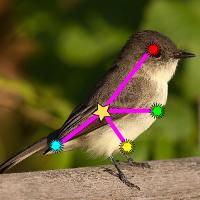
In this research area, we are developing methods that are able to automatically distinguish between very similar object categories. The algorithms learn from given pictures and their annotations the locations as well as the characteristics of relevant features. Applications for this research include automatic biodiversity monitoring.
Time frame: since 2014Understanding Deep Learning
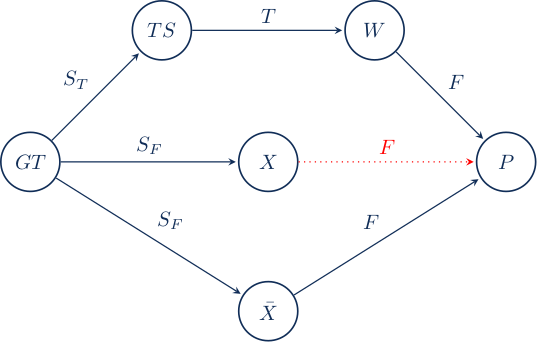
Deep neural networks are tremendously successful in many applications, but end-to-end trained networks often result in hard to understand black-box classifiers or predictors. In this Project, we face this problem. We develop methods, to determine whether a feature is relevant to the decision of a deep neural network. Further, we develop methods to influence which features will be considered by a neural network during training. This can help to learn more robust, trustworthy and fair deep neural networks.
Time frame: since 2017Novelty Detection
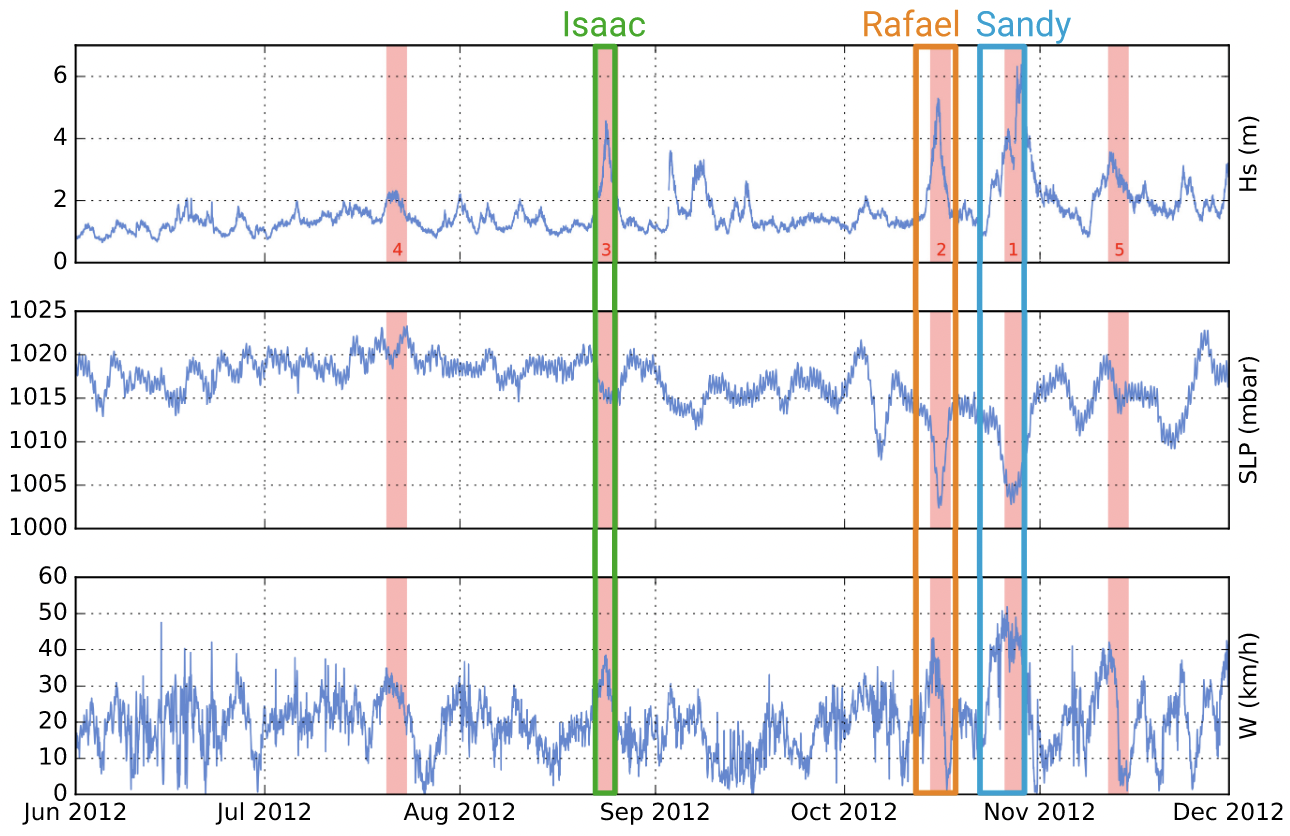
In many important learning tasks, training examples are often available for only one class. Learning in this scenario is difficult, since training examples from “outside” are not available at all. This problem is known as one-class classification (OCC), novelty detection, and outlier detection, to name just a few. Our work in this area addresses the use of methods for deriving a set of suitable OCC scores and to apply OCC in an incremental learning framework.
Time frame: since 2012Active Learning
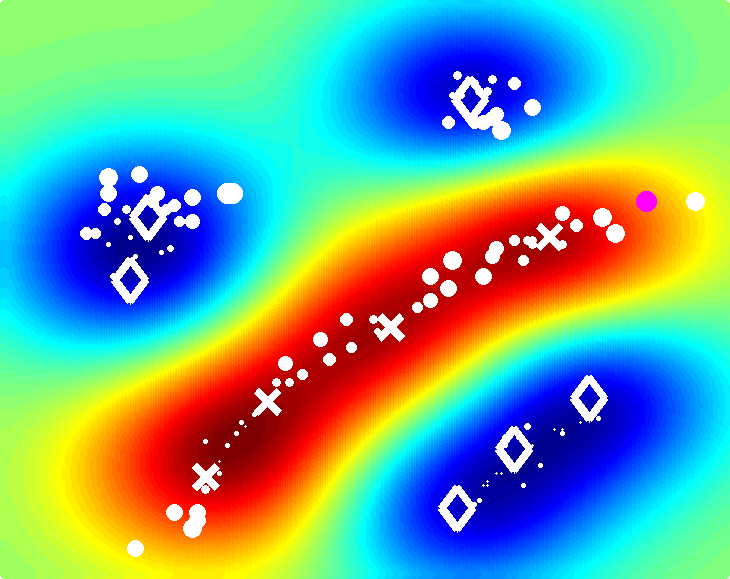
Although labeled data lies at the very core of most computer vision systems, obtaining labeled data that is useful and reliable is commonly a crucial problem. To reduce the amount of manual labeling, active learning techniques aim at explicitely picking samples that are actually worth being labeled with respect to the problem on hand. In this area of research, we are interested in modeling the “worthyness” of an unlabeled sample and to apply our algorithms to human-in-the-loop recognition systems.
Time frame: since 2012LEPMON: Monitoring Biodiversity of Moths (Lepidoptera) Using Automated Camera Traps and Artificial Intelligence
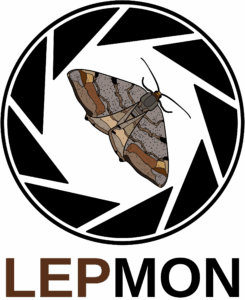 The drastic decline in insect populations (“insect die-off”) is causing great concern for ecosystems worldwide. There is a lack of reliable and comprehensive surveys of insect populations in order to reliably record and understand these developments. The aim of the project is to develop a practical system for nationwide, automated monitoring of nocturnal insects in order to reliably document population changes. High-resolution, robust, automatic camera traps are used to capture insects that are attracted by a UV lamp. Initially, the relatively well-known nocturnal large butterflies with more than 1100 species in Germany will be investigated. The project will develop systems for data transmission, storage, and image annotation and investigate fundamental methodological questions, for example which insect groups are fundamentally suitable for the method. We are developing robust algorithms for insect localization and species identification of nocturnal insects by using latest technologies from computer vision and machine learning.
Time frame: since 2023
The drastic decline in insect populations (“insect die-off”) is causing great concern for ecosystems worldwide. There is a lack of reliable and comprehensive surveys of insect populations in order to reliably record and understand these developments. The aim of the project is to develop a practical system for nationwide, automated monitoring of nocturnal insects in order to reliably document population changes. High-resolution, robust, automatic camera traps are used to capture insects that are attracted by a UV lamp. Initially, the relatively well-known nocturnal large butterflies with more than 1100 species in Germany will be investigated. The project will develop systems for data transmission, storage, and image annotation and investigate fundamental methodological questions, for example which insect groups are fundamentally suitable for the method. We are developing robust algorithms for insect localization and species identification of nocturnal insects by using latest technologies from computer vision and machine learning.
Time frame: since 2023
InsectAI: Using Image-based AI for Insect Monitoring and Conservation
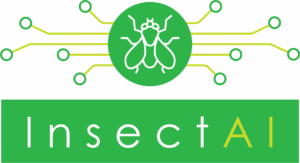 The InsectAI COST action will support insect monitoring and conservation at the national and continental scale in order to understand and counteract widespread insect declines. The Action will bring together a critical mass of researchers and stakeholders in image-based insect AI technologies to direct and drive the research agenda, build research capacity across Europe, and support innovation and application. We are active in working group 3 on image processing, developing algorithms from computer vision and machine learning that enable and support large-scale insect monitoring.
Time frame: since 2023
The InsectAI COST action will support insect monitoring and conservation at the national and continental scale in order to understand and counteract widespread insect declines. The Action will bring together a critical mass of researchers and stakeholders in image-based insect AI technologies to direct and drive the research agenda, build research capacity across Europe, and support innovation and application. We are active in working group 3 on image processing, developing algorithms from computer vision and machine learning that enable and support large-scale insect monitoring.
Time frame: since 2023
PhenEye: Having an eye on the fingerprint of global change: observing phenology using automated monitoring
 We develop methods to automatically determine the plant species composition and their phenology from images of herbaceous plant communities. The developed methods can extract high-quality research data with a high temporal resolution with little human effort. With data extracted this way, conducting more detailed studies of the plant communities and obtaining valuable novel scientific insights is possible. Furthermore, our methods are currently being extended to automatically extract phenological information from images of herbarium specimens to minimize manual labor when analyzing herbarium data. The developed methods will be available as freely usable web applications to benefit plant ecology researchers worldwide.
Time frame: 2022 – 2025
We develop methods to automatically determine the plant species composition and their phenology from images of herbaceous plant communities. The developed methods can extract high-quality research data with a high temporal resolution with little human effort. With data extracted this way, conducting more detailed studies of the plant communities and obtaining valuable novel scientific insights is possible. Furthermore, our methods are currently being extended to automatically extract phenological information from images of herbarium specimens to minimize manual labor when analyzing herbarium data. The developed methods will be available as freely usable web applications to benefit plant ecology researchers worldwide.
Time frame: 2022 – 2025
AMMOD: Automated Multisensor station for Monitoring Of species Diversity
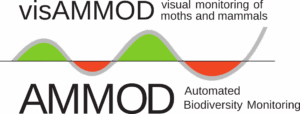 The goal of the AMMOD project is to monitor biological diversity in Germany using new technologies. To this end, prototypes for so-called AMMOD stations are to be set up in German forests. These are equipped with sensors for recording animal sounds and plant emissions, with animal cameras for birds, mammals and insects, and with automated insect and pollen sample collectors for monitoring by DNA barcoding. These recordings will be used to generate a solid data pool that will enable the analysis of change and possible trends. For instance, we want to use the detected species to determine their population and record the change over a long period of time.
The visual information will be analyzed, in part, by the the researchers at the Computer Vision Group in Jena. The Moth Scanner and the Novelty Detection, Life-Long Learning and Classification sub-tasks of the visual AMMOD System (visAMMOD) will be tackled here.
Time frame: 2019 – 2023
The goal of the AMMOD project is to monitor biological diversity in Germany using new technologies. To this end, prototypes for so-called AMMOD stations are to be set up in German forests. These are equipped with sensors for recording animal sounds and plant emissions, with animal cameras for birds, mammals and insects, and with automated insect and pollen sample collectors for monitoring by DNA barcoding. These recordings will be used to generate a solid data pool that will enable the analysis of change and possible trends. For instance, we want to use the detected species to determine their population and record the change over a long period of time.
The visual information will be analyzed, in part, by the the researchers at the Computer Vision Group in Jena. The Moth Scanner and the Novelty Detection, Life-Long Learning and Classification sub-tasks of the visual AMMOD System (visAMMOD) will be tackled here.
Time frame: 2019 – 2023
CamTrapAI: International Workshop Series on Camera Traps, AI, and Ecology
We are organizing annual workshops worldwide to bring together people interested in developing or working with AI algorithms for analyzing image data and video footage recorded by camera traps. More information are provided here.
ELLIS Unit Jena: Part of the European Laboratory for Learning and Intelligent Systems (ELLIS)
We are collaborating with various scientists from different research disciplines and institutes connected via the ELLIS network and the ELLIS Unit Jena. More information are provided here.


| Paul Bodesheim |
| Dr.-Ing. |
| Postdoctoral Researcher and Lecturer |
| Email: ✉️ |
| Room: 1218 |
| Phone: (+49) 3641 9 46410 |
